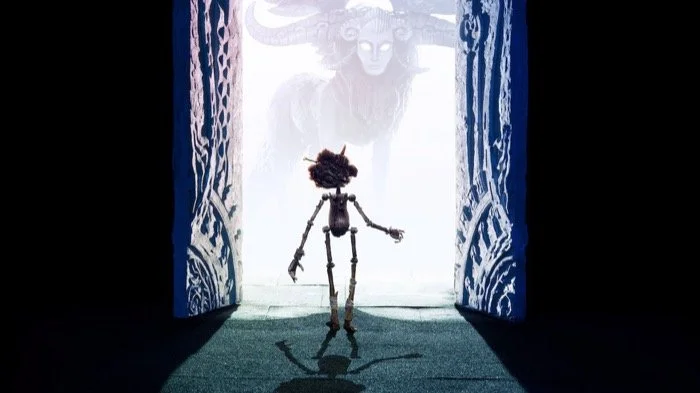‘Pinocchio’ By Guillermo Del Toro: A Tale About Cutting The Strings Of Oppression
Image Source: equity.pakasak.com
While the Disney live-action remake of the 1940 classic was not met with the warm reception as its previous counterparts, director Guillermo Del Toro’s darker stop motion take on the tale serves as an example of creating something new and universal out of something so familiar. Despite the Disney live-action film being praised for being visually pleasing, Rotten Tomatoes criticizes the remake for being “soulless” and “largely inert” as “Pinocchio reaffirms that you should always let your conscience be your guide.”
Guillermo del Toro, known for his atmosphere and settings, seamlessly combines elements of fantasy and reality without losing focus of the central story at play; best seen in Shape of Water and Pans Labyrinth. The inclusion of anti-fascist and pro-peace themes in his passion project of Pinocchio breathes new life in a timeless story. This new life comes with a more realistic and grounded portrayal of the life Pinocchio lives. The way he moves is more conducive of a puppet not bound by strings, he has outbursts and is prone to a lack of deeper understanding as most young children, he is in danger of being burned and damaged, and—to some extent—is immortal.
RELATED:
Image Source: pursue news.com
Faced with the realization he cannot die, Pinocchio and those around him see it as a considering he’s not bound to one life. According to Mónica Marie Zorrilla, Pinocchio already “is a real boy who happens to be cursed with eternal life in a wooden body.” The film toys with the audience and by discussing the “thin line between person and puppet, and the viewer’s ability to see the darkness of that predicament.” Pinocchio’s immortality is reduced his usefulness to Count Volpe and the Podestà; being enslaved as a traveling performing puppet and as a soldier in a fascist government that can never die.
Born and created in a grief and drunken-induced stupor, Pinocchio was originally meant to fill the void of Carlo. Technically speaking, what’s keeping Pinocchio alive is the “burrowed soul” of Geppetto’s slain son. Born and created in a grief and drunken-induced stupor, Pinocchio was meant to replace Carlo. When Pinocchio acts the opposite of Carlo, Geppetto treats him as a burden and shuns him. Despite this, Pinocchio wants to be bound to Geppetto; most of the choices he makes are in the hopes of making Geppetto proud. One of the most impactful choices Pinocchio makes is giving up his mortality in the hopes of saving the man his views as his father. This parallels learning the basis of humanity: selflessness, love, compassion, and empathy.
Image Source: dailyresearchplot.com
While the magic of the original Pinocchio cannot be duplicated, Guillermo del Toro’s iteration has a magic quality all its own. Breaking away from the Disney formula of near shot-for-shot remakes and the occasional background story, del Toro’s Pinocchio has an identity outside of being a Disney creation. At its core, Pinocchio is a movie about choices and identity. Just as the political background reduces its citizens to numbers, a greater moral choice lies in breaking free from all puppets-masters. Though life comes with strings, each character has the choice of who they tie themselves to. The difference lies in whether or not the character accepts what they are bounded by.
READ NEXT:
Source(s): CNN, MSN, Rotten Tomatoes, USA Today















